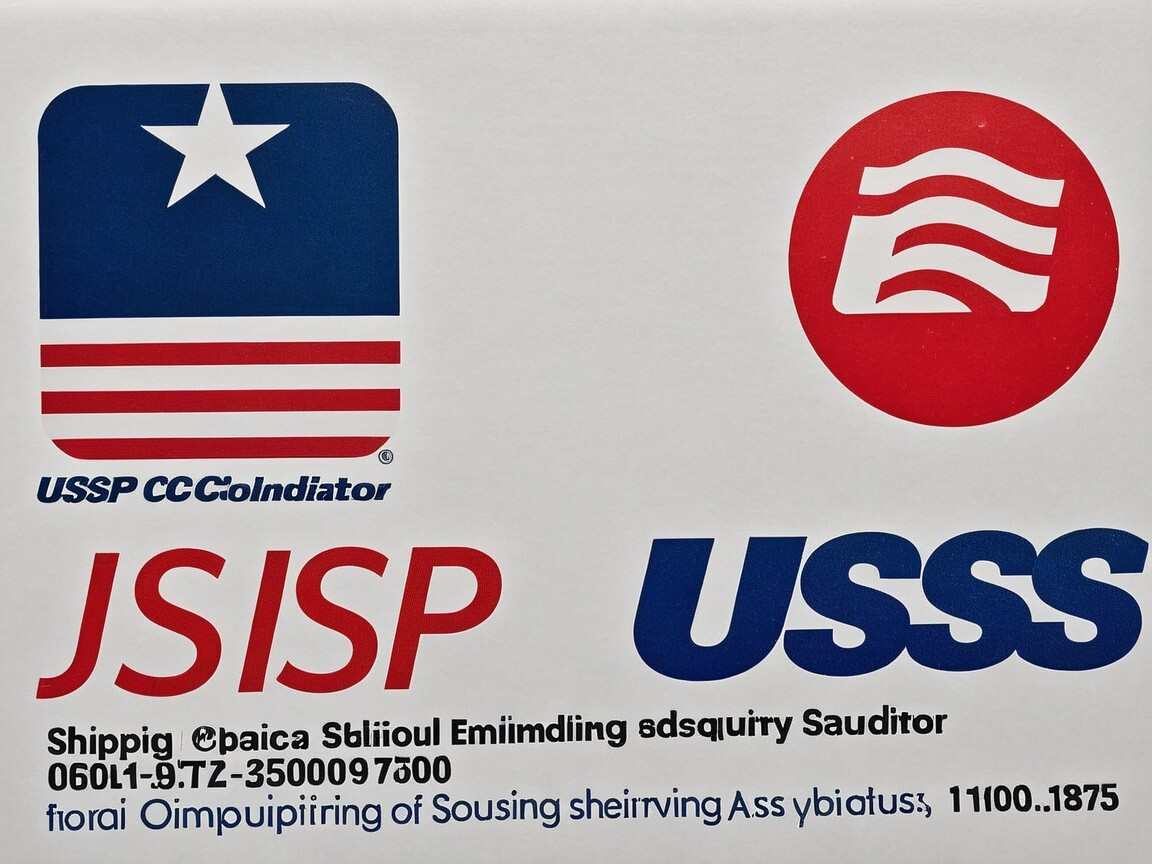In the dynamic world of e-commerce and business logistics, shipping plays a crucial role in the overall success of companies. Whether you’re a small business owner or an established enterprise, managing shipping costs is vital to maintaining profitability and customer satisfaction. One key factor that has helped many businesses manage shipping costs is the USPS shipping consolidator discounts.
However, recent changes are set to end these discounts, leaving many businesses wondering how to navigate this shift. In this article, we’ll delve into what these discounts were, why they are ending, and explore alternatives to help businesses continue to deliver affordable and efficient shipping solutions.
What Are USPS Shipping Consolidator Discounts?
USPS shipping consolidator discounts were designed to help businesses reduce shipping expenses by consolidating multiple packages into a single shipment. This process was facilitated by third-party providers who specialized in handling bulk shipments. These providers collected packages from various businesses, combined them, and shipped them as one bulk item, passing on the cost savings to the businesses they represented.
The primary goal of these discounts was to provide small to medium-sized businesses and e-commerce sellers with access to more affordable shipping rates, making it easier for them to manage large volumes of parcels without incurring high individual shipping costs. By leveraging economies of scale, businesses could significantly lower their shipping expenses while still maintaining a high level of service.
Why Are These Discounts Ending?

The discontinuation of USPS shipping consolidator discounts is part of a broader effort by the United States Postal Service (USPS) to simplify and modernize its operations. Over the years, e-commerce has surged, and with it, the demand for streamlined shipping solutions has increased. However, managing bulk shipments through third-party consolidators created a level of complexity that USPS seeks to eliminate.
One of the main reasons for ending these discounts is to ensure a more transparent and fair pricing structure. USPS is moving towards direct interactions between businesses and the postal service, allowing businesses to negotiate shipping rates based on consistent shipping volumes. This shift is intended to provide businesses with more control over their shipping costs and ensure they are paying for the services they receive.
Additionally, the rise of automated shipping solutions and third-party logistics providers has increased competition, making it necessary for USPS to adapt and remain competitive. By focusing on direct relationships, USPS aims to simplify processes and enhance efficiency, which, in turn, will benefit both businesses and customers.
844-200-5525 – My Experience With This Number!
Impact on Businesses
For businesses that have heavily relied on USPS shipping consolidator discounts, the discontinuation of these discounts is expected to have a noticeable impact on shipping costs. Smaller businesses and e-commerce sellers are particularly vulnerable, as they often manage large shipment volumes on tighter margins.
Without these discounts, companies may face higher shipping costs, which could eat into profit margins. Businesses that operate within highly competitive markets, where shipping costs play a significant role in determining customer loyalty and satisfaction, will need to explore alternative solutions. Moreover, the need for businesses to find effective ways to manage shipping expenses will become even more critical.
Exploring Alternatives:
While the elimination of USPS shipping consolidator discounts may create challenges, businesses have various alternatives to manage shipping costs and ensure a competitive edge:
- Negotiated Shipping Rates:
One of the most straightforward solutions is to negotiate directly with USPS or other carriers for bulk shipping rates. By demonstrating consistent shipping volumes, businesses can secure more favorable pricing structures. This method allows businesses to tailor shipping costs according to their specific needs and volume, providing flexibility in managing expenses.
- Shipping Software Solutions:
Another viable alternative is leveraging shipping software solutions that integrate with USPS or other carriers. These platforms provide businesses with tools to automate and optimize shipping processes, reducing time and cost. Many shipping software solutions offer features such as real-time rate comparisons, label generation, and shipping analytics, allowing businesses to streamline operations while maintaining competitive pricing.
- Third-Party Shipping Providers:
Third-party logistics (3PL) providers and shipping consolidators that specialize in bulk shipments continue to offer valuable alternatives to traditional consolidator discounts. These providers often work with multiple carriers, not just USPS, and can help businesses manage shipping logistics across various platforms. While they may not directly replicate USPS consolidator discounts, they can offer competitive rates through partnerships with other carriers like FedEx, UPS, and regional carriers.
- Flexible Shipping Strategies:
Businesses can also adopt a more diversified shipping strategy by exploring hybrid solutions. For example, businesses can combine USPS services with other carriers for specific needs, like local or international shipments. This allows businesses to optimize their shipping based on package size, delivery speed, and cost efficiency.
Staying Ahead in a Competitive Market
In today’s highly competitive e-commerce landscape, maintaining an efficient shipping process is essential for sustaining growth and profitability. The discontinuation of USPS shipping consolidator discounts signals a shift toward a more streamlined, transparent approach to shipping services. While this change presents challenges, it also offers opportunities for businesses to explore innovative shipping solutions and form more direct partnerships with carriers.
Businesses that proactively adapt by negotiating rates, utilizing advanced shipping tools, and embracing new shipping partnerships will be better positioned to manage costs effectively. Staying informed and adaptable will ensure that businesses can navigate these changes and continue to meet the demands of a fast-paced market.
FAQ’s:
1. Why are USPS shipping consolidator discounts being discontinued?
USPS is ending consolidator discounts to simplify operations and provide more transparent pricing directly with businesses.
2. How will the end of USPS consolidator discounts impact my business?
Businesses may face higher shipping costs, especially those relying on bulk shipments, as discounts will no longer be available.
3. Are there alternatives to USPS shipping consolidator discounts?
Yes, alternatives include negotiating direct rates with USPS or using shipping software and third-party providers for competitive shipping solutions.
4. Can I still use third-party consolidators after the discounts end?
Yes, businesses can continue using third-party shipping consolidators or 3PL providers who work with multiple carriers.
5. How can I negotiate better shipping rates with USPS or other carriers?
Businesses can secure better rates by demonstrating consistent shipping volumes and using shipping software for optimized rate comparisons.
Conclusion:
The end of USPS shipping consolidator discounts presents challenges for businesses managing bulk shipments. However, by exploring alternatives such as direct rate negotiations, shipping software, and third-party logistics providers, businesses can continue to find cost-effective solutions while maintaining efficient shipping operations. Staying adaptable will be key to navigating these changes.
Also Read:





